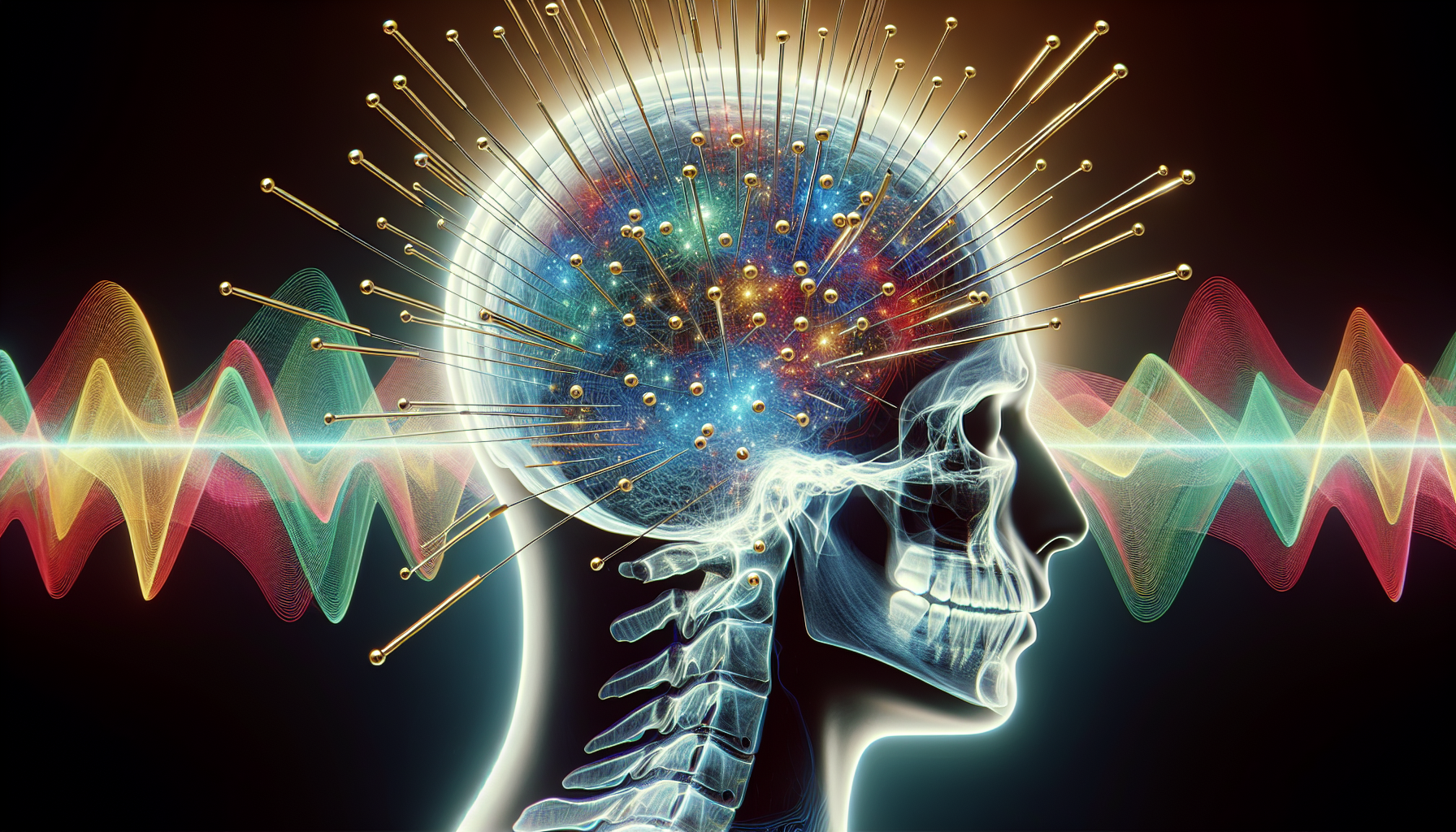The Golden Mystery: What’s Behind an Unusual Head X-Ray in South Korea?
Introduction
Imagine going for a routine check-up, only to find something that looks like tiny creatures lodged in your head! This is not the premise of a sci-fi movie but rather a real scenario involving a 60-year-old woman in South Korea. Her X-rays revealed mysterious objects in her head, sparking worldwide curiosity and debate. Is it parasites, or perhaps microchips? The answer lies in a controversial alternative therapy known as 'Gold Acupuncture.' Let’s delve into this intriguing story and what it signifies for the medical world.
What is Gold Acupuncture?
Gold acupuncture, known in some circles as Gold Thread Acupuncture, involves inserting small gold needles, typically less than a centimeter long, into the body at specific points to alleviate pain. The gold pieces act as a continuous nerve stimulant, which is believed to help manage chronic pain. However, this therapy is steeped in controversy due to potential side effects.
- Potential Benefits: Proponents claim that the continual stimulation helps with long-term pain relief, particularly for conditions like arthritis.
- Risks: Doctors warn that these gold threads can incite inflammation, lead to infections, or migrate to other parts of the body, causing more harm than good.
A Surprising X-ray Discovery
The sensational case arose when a South Korean general practitioner revealed an X-ray of a patient showing multiple small foreign bodies in her head. These objects initially appeared puzzling, leading some to speculate about their nature — could they be microchips or even parasites?
- Clarification: The doctor explained that these were remnants of gold acupuncture previously used to treat the woman’s chronic headaches.
- Common Occurrence: Usually, such objects are found in joints, such as the knee or back, but their presence in the head was notably remarkable.
Debating the Merits of Gold Acupuncture
Despite its popularity among some groups, the therapy sparks debate within the medical community. Is it a legitimate remedy, or just a harmful placebo?
- Supporters argue that the procedure offers a holistic approach to pain management without the need for pharmaceuticals.
- Critics highlight that it lacks rigorous scientific backing and points to the risks of infection and internal migration, which might not justify the potential benefits.
Historical Perspective and International Views
Gold acupuncture isn't new. In fact, ancient texts document the use of metals in healing practices worldwide. However, with advancements in modern medicine, such practices are often scrutinized under contemporary standards.
- Medical journals, including prestigious ones like the New England Journal of Medicine, have published cases emphasizing the hazards associated with gold acupuncture, advocating for patients and doctors to exercise caution.
- Expert Opinions: Physicians like Dr. Ali Guermazi from Boston University underscore that while the body often rejects foreign materials, severe complications can arise, particularly if these objects wander into critical areas like arteries.
Broader Implications in Modern Medicine
This story isn't just a medical oddity; it highlights a broader commentary on how traditional medicine is perceived today. Why do people rely on therapies like gold acupuncture despite potential dangers?
- Cultural Influences: Many patients seek out such treatments due to cultural beliefs or dissatisfaction with conventional medicine.
- The Draw of Alternative Therapies: Promise of healing without side effects attracts a significant following; nonetheless, the medical community stresses the need to weigh benefits against risks effectively.
The Legal and Ethical Dimensions
Beyond medical concerns, the case raises legal and ethical questions around non-conventional treatments. Should such practices be more tightly regulated to protect patients?
- Regulation: There are growing calls for clearer regulatory frameworks to oversee alternative therapies to ensure patient safety.
- Ethical Considerations: Practitioners must transparently communicate potential risks to patients, ensuring they make fully informed decisions.
Conclusion
The case of the gold acupuncture and a puzzling X-ray presents more than just a medical mystery. It serves as a reminder of the complexities involved when traditional practices meet modern medical standards. While alternative therapies like gold acupuncture promise relief, they must be thoroughly evaluated to safeguard health outcomes. Would you consider undergoing such treatment? Or do you believe regulation should tighten to prevent possible harm? Share your thoughts below!

